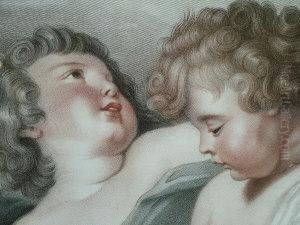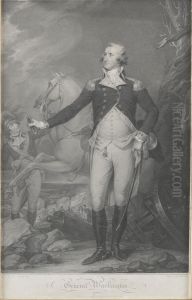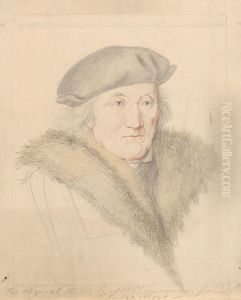Thomas Cheesman Paintings
Thomas Cheesman, born in 1760 and passing away in 1834, was a distinguished English engraver, known for his contributions to the field of printmaking during the late 18th and early 19th centuries. His artistic journey is marked by a dedication to the craft of engraving, which was a vital medium for reproducing and disseminating artworks and illustrations during his time. Cheesman's career is a reflection of the period's artistic trends and the technical advancements in printmaking.
Cheesman's body of work primarily consists of engravings after paintings by renowned artists of his era, including works by Sir Joshua Reynolds, one of the leading portrait painters in Britain. This collaboration allowed Cheesman to contribute to the popularization of Reynolds' works, making them accessible to a broader audience through printed reproductions. His engravings were characterized by a meticulous attention to detail and a commitment to faithfully capturing the essence of the original paintings.
Throughout his career, Thomas Cheesman was involved in various notable projects, including contributions to literary and historical publications, which were a popular means of disseminating knowledge and culture at the time. His engravings served not only as artworks but also as educational tools, illustrating books and periodicals. This aspect of his work highlights the interdisciplinary nature of printmaking, bridging visual art with literature and history.
Despite the significance of his contributions to the art of engraving, Cheesman's name may not be as widely recognized as some of his contemporaries. However, his works remain an essential part of the study of British engraving, offering insights into the techniques and aesthetic considerations of the period. Thomas Cheesman's legacy is preserved in the collections of various museums and galleries, where his engravings continue to be appreciated for their artistic and historical value.


